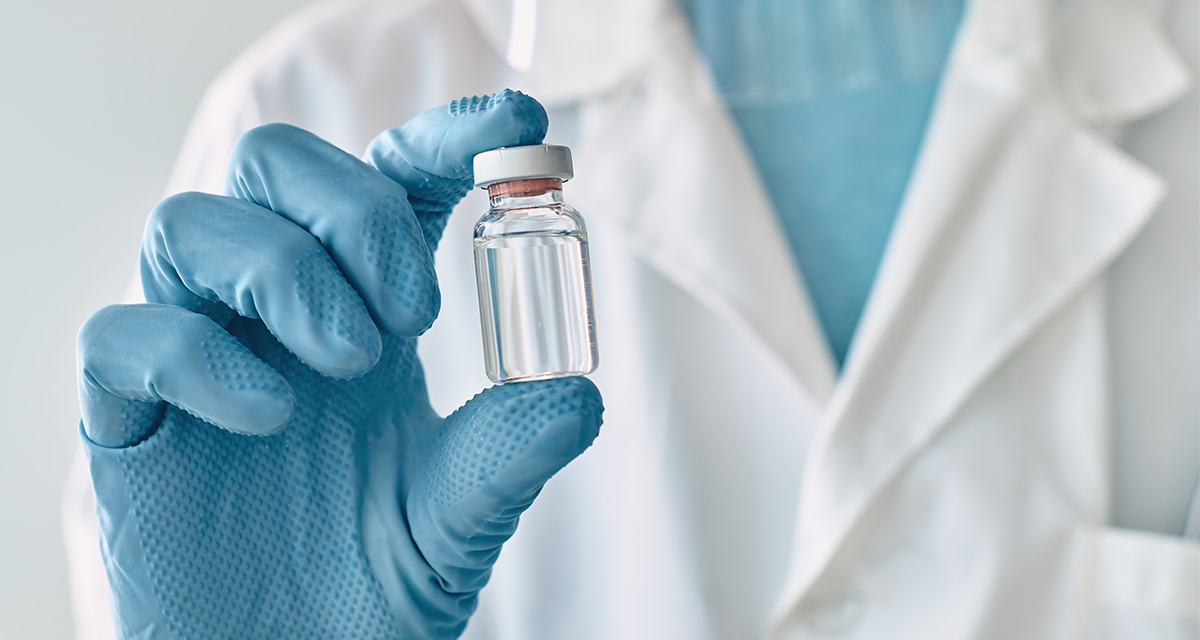by Eran Bashan, Hygieia CEO and Co-founder
One hundred years ago a group of Canadian scientists and physicians discovered insulin. Frederick Banting, J.R. Macleod, Charles Best and James Collip’s historic finding meant the difference between life and death for people with diabetes.
Nearly a century later, Hygieia co-founder Dr. Israel Hodish published a paper1 in Clinical Diabetes and Endocrinology asking the question, “Insulin therapy for type 2 diabetes … Are we there yet?”
The answer is “no.”
You might be surprised to know that nearly 70 percent of people with type 2 diabetes who use insulin do not meet their HbA1c goals. When HbA1c goals are not met, people have serious health complications and require costly medical resources.
Why is this the case when we know there isn’t a sugar level that the right dose of insulin can’t bring to a normal, recommended range?
Frequent insulin titration
Numerous clinical studies have demonstrated that effective insulin treatment requires weekly dose adjustments. In fact, Dr. Hodish concludes in his research that “total insulin requirements per day vary considerably and constantly change without ever achieving a steady state.”
In other words, safe and effective insulin therapy requires constant titration of dosing because the body’s needs for insulin are always changing.
Yet today’s standard of care calls for such changes to largely happen by doctors and during office visits only a few times per year. The result is a near steady dosing plan of insulin that is seldom effective or safe. This isn’t how we are supposed to use insulin, so at Hygieia we’re doing insulin therapy a little differently.
AI and automation
Using artificial intelligence, we’ve invented a way to automatically optimize insulin dosing.
In proper context, AI is infinitely scalable and can assume routine activities – such as frequently adjusting insulin doses – that challenge our current healthcare system. AI makes it possible to provide the level of care required for complex chronic conditions such as diabetes.
Think about it: we are increasingly adopting the use of AI for autonomous vehicles and relying on algorithmic stock trading. Surely, we can use AI to improve insulin dosing for people with diabetes.
Hygieia’s technology changes how insulin is used. We call it d-Nav® and it works by analyzing a patient’s blood glucose patterns and automatically adjusting the insulin dose in response to glucose patterns, as often as needed.
Our research shows d-Nav performs consistently and helps patients lower their A1c while reducing the frequency of hypoglycemia. Nearly 90 percent of Hygieia patients report dramatic improvement in blood sugar levels within their first 90 days on the program.
Insulin’s next century
Imagine if the 7.5 million adults using insulin for type 2 diabetes in the United States had access to d-Nav technology and, therefore, the ability to correctly use insulin. So many lives would be improved. So much money would be saved in medical costs.
We are changing the standard of insulin therapy so that every person injecting insulin has access to optimal dose adjustment. As we mark 100 years of insulin, the timing seems especially auspicious for broad and accelerated acceptance of AI-driven healthcare technologies such as Hygieia’s d-Nav program.
With diabetes reaching near epidemic levels2, the future demands a solution that is safe, effective and affordable. At Hygieia, we believe insulin paired with automatic dose adjustment technology is the most viable option. That’s why we’re working on global capabilities and widespread adoption of our AI-driven d-Nav program, so that we can unlock the power of insulin.
SOURCES
- Hodish Clinical Diabetes and Endocrinology (2018) 4:8 https://doi.org/10.1186/s40842-018-0056-5
- World Health Organization, https://www.who.int/news-room/fact-sheets/detail/diabetes

